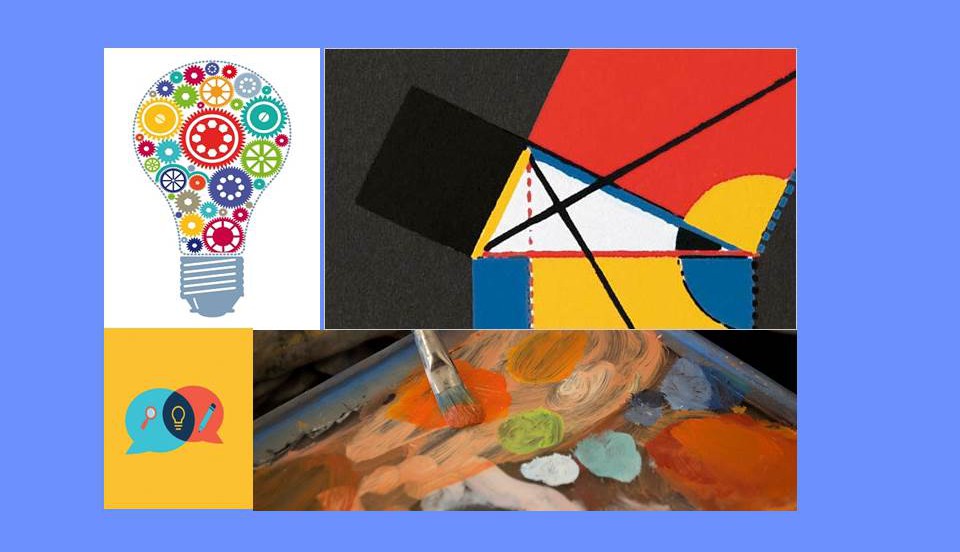Selected Readings are noted below for Psychology
Experimental:
- Dutton, D. G. & Aron, A. P. (1974). Some evidence for heightened sexual attraction under conditions of high anxiety. Journal of Personality and Social Psychology, 30, 4, 510-517.
- Cialdini, R. et al. (2006). Managing social norms for persuasive impact. Social Influence 1, 1, 3-15.
- Bushman, B J. & Anderson, C. A. (2009). Comfortably numb: Desensitizing effects of violent media on helping others. Psychological Science, 20, 3, 273-277.
Qualitative: Ethnography, Observational Research, Visual, and Narrative Inquiry
- Hart, B. & Risley, T. R. (2003). The Early Catastrophe: The 30 Million Word Gap by Age 3. American Educator 27, 1, 4–9. (Observational)
- non-psych —
- Simburger, E. (2013). Moving through the city: Visual discourses of upward social mobility in higher education advertisements on public transport in Santiago de Chile. Visual Studies, 28, 1, 66-77. (Visual Method) Focus Groups_Anita Gibbs (Focus Groups)




It seems that positive psychology created by Maslow has become a part of everyday life of Western society (1954). Most magazines encourage readers to enjoy life here and now, personal consultants and bestsellers` authors share with their recipes of happiness while dance instructors and restaurants owners offer to get involved into a process of happiness. I also noticed that something has changed from my parents` youth: people no longer associate happiness with mere possession of something. In my subjective meaning it concerns even products. What brand is the most popular and wanted in America today? Right, it`s Apple, the company that sells devices which are pretty much the same as the devices of other companies but have one significant difference. Apart from selling products Apple sells positive emotions and inspiration. Apple emphasizes the fact that design is a key concept in their products and that the owners of these products will be able to do a lot of things with them: listen to music, take photos of their close people, share with these photos (Lyubomirsky, 2007) . So people want more interactive, engaging emotions today: it seems that many people want to feel the sense of belonging and sharing. And those products which help them to do it become the most popular. As the example with a jazz lover who achieved the chance to share with his happiness by collaborating for creation of a “Jazz Shower” installation (Desmet & Pohlmeyer). The article persuaded me of this fact that I was noticing recently: people live in post-materialistic society in which things bare little positive meaning if they are not shared with others.